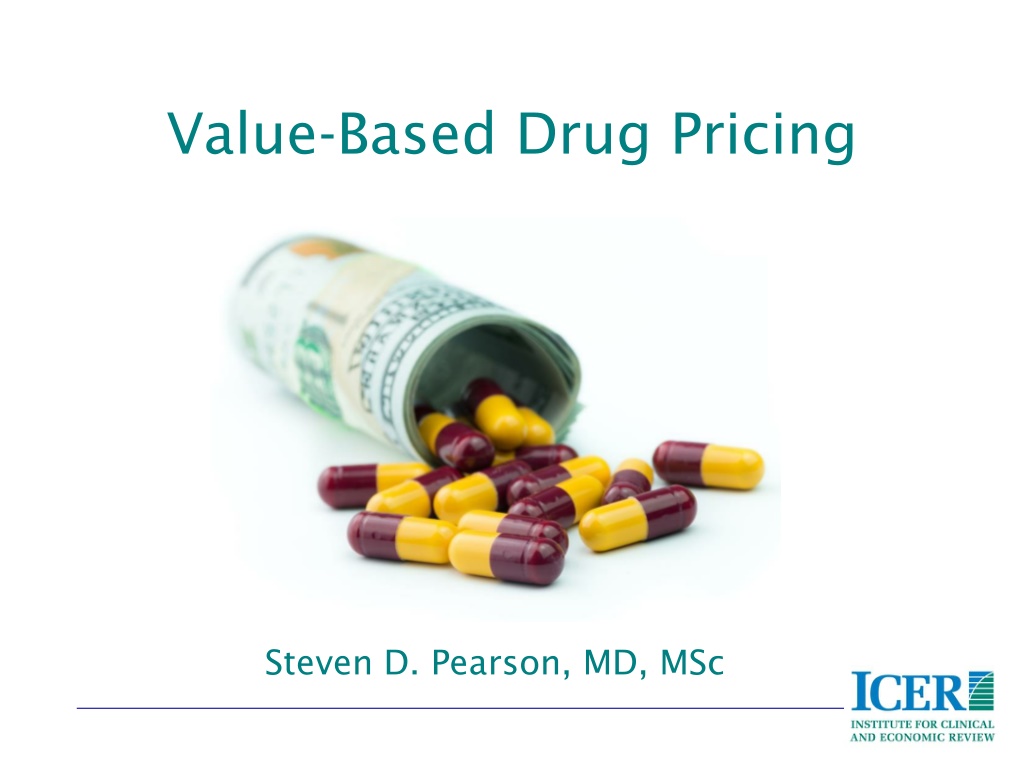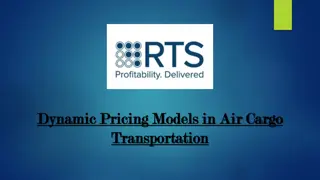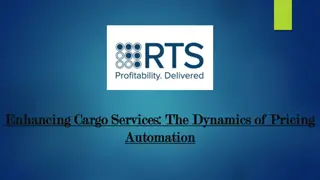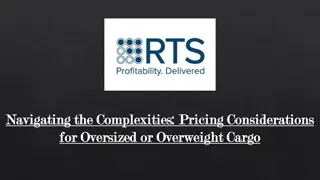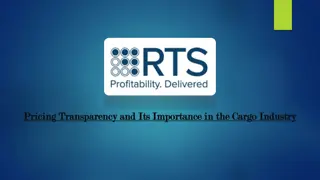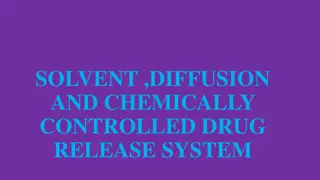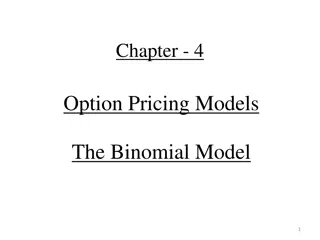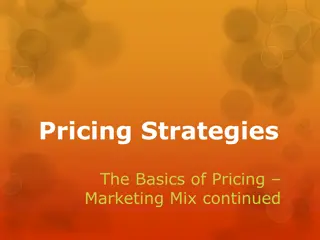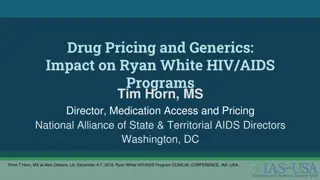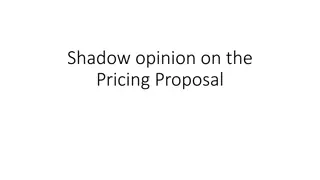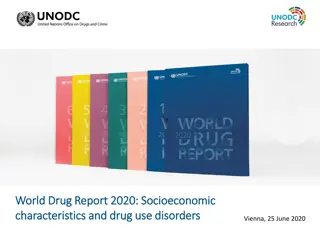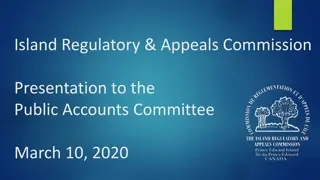Value-Based Drug Pricing
Dive into the concepts of value-based drug pricing with Steven D. Pearson, MD, MSc. Gain insights into the evolving landscape of pharmaceutical pricing strategies and their impact on healthcare economics and patient access.
Download Presentation

Please find below an Image/Link to download the presentation.
The content on the website is provided AS IS for your information and personal use only. It may not be sold, licensed, or shared on other websites without obtaining consent from the author.If you encounter any issues during the download, it is possible that the publisher has removed the file from their server.
You are allowed to download the files provided on this website for personal or commercial use, subject to the condition that they are used lawfully. All files are the property of their respective owners.
The content on the website is provided AS IS for your information and personal use only. It may not be sold, licensed, or shared on other websites without obtaining consent from the author.
E N D
Presentation Transcript
Value-Based Drug Pricing Steven D. Pearson, MD, MSc
THE IMPACT OF RISING HEALTH CARE COSTS IN MASSACHUSETTS WHERE HEALTH CARE DOLLARS GO DRIVERS OF SPENDING GROWTH VARIATIONS IN SPENDING The Increasing Costs of Health Care Squeeze Out Other Public Spending Priorities, Too STATE BUDGET, FY2001 VS. FY2011 (BILLIONS OF DOLLARS) FY2001 FY2011 $16 $14 +$5.1 B (+59%) -$4.0 B (-20%) $12 $10 -15% $8 $6 -13% $4 -11% -23% -50% -33% -38% $2 $0 Health Coverage (State Employees/GIC; Medicaid/Health Reform) Public Health Mental Health Education Infrastructure/ Housing Human Services Local Aid Public Safety NOTE: Dollar figures are inflation adjusted using a measure specific to government spending as developed by the U.S. Bureau of Labor and Statistics. SOURCE: Massachusetts Budget and Policy Center Budget Browser. 2 MARCH 2013 BLUE CROSS BLUE SHIELD OF MASSACHUSETTS FOUNDATION
Conceptual Approaches to Fair Pricing Free market /supply and demand Costs of development and production plus reasonable profit Added value to patients and health systems
ICER Value-Based Price Benchmark Step 1: Long-term cost-effectiveness Price at which the cost per quality-adjusted life year gained = $100,000-$150,000 Range leaves room for the role of other factors Step 2: Potential short-term budget impact Cost impact > anticipated growth in GDP + 1% Based on state (Mass/Maryland) and the ACA legislation The math 5-year potential uptake if not strictly controlled Annualized NET potential budget impact Anticipated number of new FDA drugs $904 million NET per year per new drug = affordability alarm bell
From Value Assessment to Value-Based Price Benchmarks Price to Achieve $100K/QALY Price to Achieve $150K/QALY Max Price at Affordability Threshold PCSK9 Drugs List price $14,350 (n=2,636,179) $5,404 $7,735 $2,177 46%-62% Max Price at Affordability Threshold Price to Achieve $100K/QALY Price to Achieve $150K/QALY Entresto List price $4,560 (n=1,949,400) $9,480 $14,472 $4,168 2-3x higher! 9%
Policy Prescriptions to Address Initial Drug Prices Changing physician payment for Part B drugs Mandates for R&D transparency Medical Loss Ratio (MLR) equivalent Direct Medicare negotiation Benchmarking to VA prices New or increased use of market incentives
Policy Prescriptions to Reward Value-Based Pricing PRICE MEETS BENCHMARK Mandatory inclusion in formulary First tier with zero or low co-pay Default gold card with providers Include entire price in new technology add-on payments Set Part B coinsurance to low level Exclude from 340B discount program Increase FDA exclusivity period PRICE EXCEEDS BENCHMARK Lower tier or allow exclusion Full exercise of step therapy, etc. Reimburse up to value-based price Include only value-based price in bundles Increase transparency to justify prices over value-based price Include in 340B program discounts Decrease FDA exclusivity period
Moving Forward Profits, access, and affordability exist in ethical tension within any insurance system Profits supporting future innovation is a good thing Prices that are scaled to reflect added value to patients and consideration of health system affordability will not kill innovation or the drug industry Keeping the patient at the center
